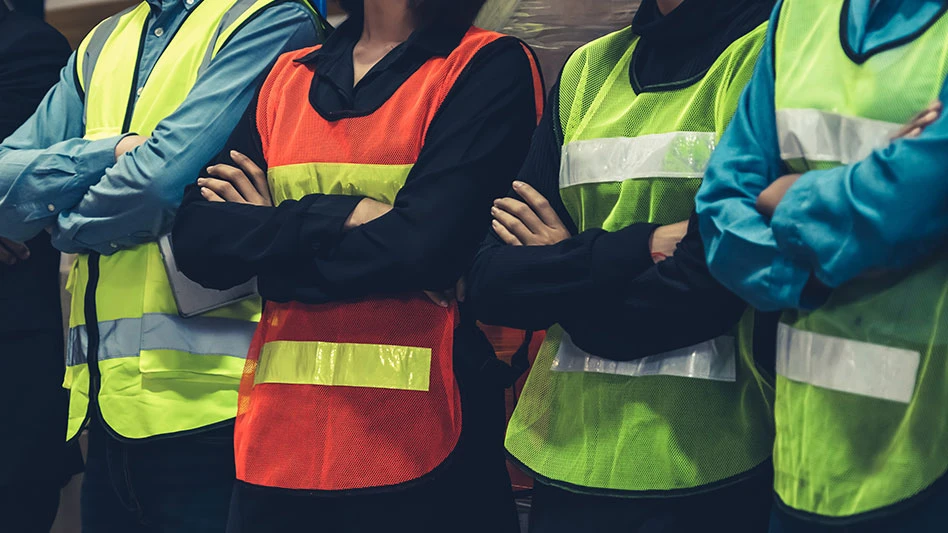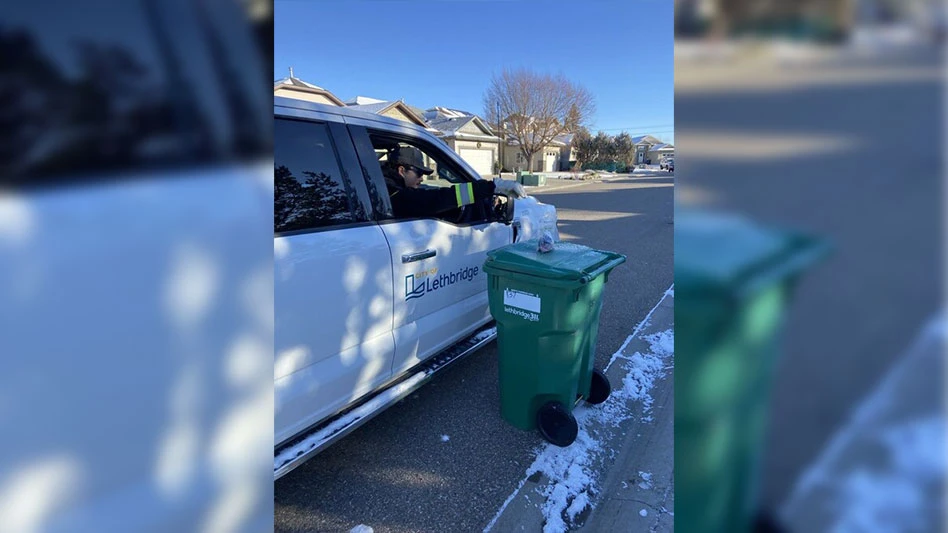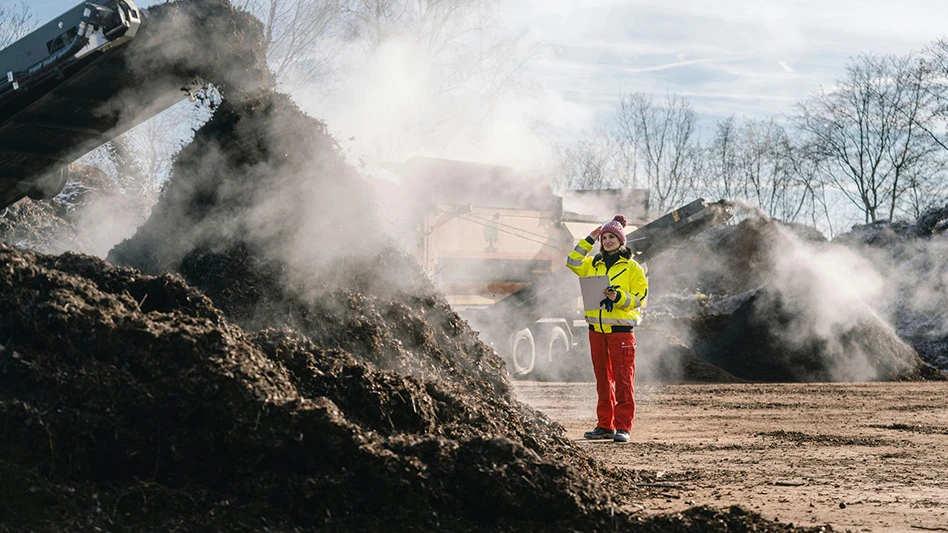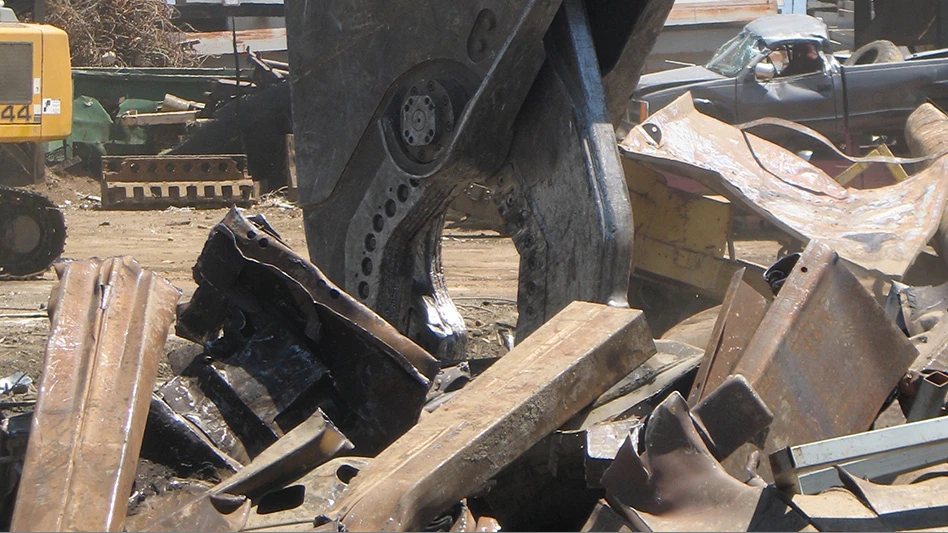In 1997, a procession of Asian economies took a disastrous turn, with currencies and industrial sectors collapsing in a domino-like fashion. The bottom seemed to fall out in Asian metal production and demand, and the North American metals industry was affected in several ways: excess material was dumped onto the U.S. market in one direction while any desire for scrap or finished materials by the Asian nations dried up completely.
U.S. exports to those Asian countries affected by the slump evaporated, with nations such as Japan, Indonesia, Thailand and South Korea disappearing from the export registries of North American scrap shippers. In the steel sector, substantially falling demand in Asia began pushing excess steel supply onto world markets in record amounts. Thus North American scrap markets were affected on both the demand and the supply side.
Using the ferrous scrap and steel industries as examples, for a time the Asian economic crisis affected countries with over 300 million tons of steelmaking capacity, an amount that represents more than one-third of total world steel capacity. Also, Japan’s steel import market share was less than one-third that of the U.S. in 1997, and crude steel production in Japan in 1998 was 91 million tons, down 12% from the year before. The tonnage produced reached a low that had not been experienced since 1971.
BOUNCING BACK
In the second half of 1999 things bounced back to some degree in most of the lagging economies, with the regrettable exception being that of the region’s largest economy: Japan’s. Now the U.S. is watching closely to see if things will continue to get better at the beginning of the new decade. In October of last year, the International Iron and Steel Institute (IISI), Brussels, declared Asia in a state of recovery, stating that 1999 had seen a recoup of 1998’s losses with further growth around the corner. Total December 1999 crude steel production in Asia reached 26.3 million tons, up 8% over last year’s results for the same month. Production in Japan (up 15.6% to 8.5 million tons), and in Korea (up 4.7% to 3.6 million tons) increased impressively. In the case of Japan, the nation’s consumers are not buying as they were before the 1997 fiscal crisis, but the company’s manufacturers are exporting furiously to remain competitive. Bill Heenan, president of the Steel Recycling Institute, Pittsburgh, has been watching the actions of Asian economies as they relate to the importation of steel into the U.S. "As the imports go down, typically that means that they are doing a little better. They are going down for a variety of reasons—one of which is that most of the Asian countries are doing better. Also, because the North American steel industry and its unions filed a lot of trade cases, it helped the Japanese and some of the other Asian countries see the light—that they can’t use this market as a dumping ground," he adds. Detlef Mueller, president of U.S. Ferrous Trading Inc., Greenwich, Conn., actively monitors Southeast Asian economies and has noticed an improvement over the last few months. "I don’t like making forecasts but things are picking up there," Mueller says. "There is more steel production, more scrap consumption. They are importing again after having been out of the market after the Southeast Asia crisis, which started in Thailand. Most of these countries were not in the market and did not import any scrap for over a year. Nothing. Dead. Zero." U.S. Bureau of the Census figures indicate that by September of 1998, South Korea was accepting more than 19,000 tons of ferrous scrap from the U.S., and increased that amount to 20,000 tons in September of 1999. Larger year-to-year increases were recorded by Taiwan, which tripled its tonnage imported from the U.S. from September 1998 to September 1999, and by Japan which jumped from a miniscule 600 tons imported in September of 1998 to a more respectable 3,600 tons in September 1999. Heenan says that another gauge of recovery in Asia is the yen/dollar rate. "You can see that it’s about 108 yen to the dollar, which is far better than when it was at 138 to the dollar," Heenan says. "There are the people that say that [even the current exchange rate] is raising the imports in to U.S. consumers, but you’ve got to balance, and I believe that low one hundreds is not a bad balance."THE SUN ALSO RISES?
There seems little question that the economic woes are taking a longer-lasting toll on Japan than other Asian countries. As Mueller points out: "Japan is a different kettle of fish all together." According to IISI reports, the Japanese steel market is expected to decline both this year and next. Private sector capital spending is shrinking, reflecting excess capital stock and stagnant private consumption. But a slow recovery in consumer confidence appears to be beginning. The government’s stimulus packages feed through into steel purchases, which may mean that purchases will fall back later in the year if the government programs have not adequately reinvigorated the Japanese economy. "Scrap prices are falling in Japan and have been falling lately," Mueller cautions. "They are not importing scrap and haven’t imported anything for awhile," he says of their relatively low import numbers. Heenan believes Japan to be in a state of slow turn-around. "The key to [ending] Japan’s slump is that their consumers are starting to understand that they have money to spend again," Heenan explains. "They were just not spending anything, so in order to get [production] out and keep people working, they were just exporting. Although the trade cases had a significant part of the process, the economy improving in Japan is weighing in as well. There is no doubt they are doing better." Those U.S. businesses that will be directly affected by the state of Asia’s economy might be wondering if the turn-around could mean an upswing in scrap sales for 2000. On the nonferrous side, Daniel Edelstein, a commodity analyst specializing in copper with the United States Geological Survey (USGS), Reston, Va., says yes. "Copper prices and thus scrap availability and exports fell in 1998 and 1999," Edelstein says. "Higher prices in 2000 will encourage scrap availability and, most likely, exports to Asia, our largest recipient." Mueller says that Asian nations are already purchasing more scrap right now. "Last year saw a substantial pick up from 1997 and 1998," Mueller says. "They are picking up the scrap metal," Heenan agrees. "They can afford it now. There are movements that way. Japan is becoming a net push on scrap. Ten years ago Japan was a net importer of scrap and today they are probably a net push; that is, they import but they export just as much. Their economy and their infrastructure have grown. They have become less a buyer of scrap over time because they have domestic scrap being generated. Fortunately, there are other emerging counties that are buying it in the Asian markets, so its just moving from one country to another—which is typical," he remarks.PLACING CHINESE ORDERS
It can sometimes be difficult to gauge exactly how rapidly the Chinese economy is expanding, but plenty of evidence exists to establish that growth is occurring. As China continues to expand its industrial sector, the question arises as to what effect it will have on China’s reliance on U.S. scrap. "China is now the world’s largest steel producer," notes Nancy Gravatt, vice president of communications with the American Iron and Steel Institute, Washington. "Their industrial sector appears to be growing by leaps and bounds. But they still have a lot of headway to make in their infrastructure, so it may be another several years before it really takes off." Mueller says that based on what he has witnessed in the past, China’s tendency to purchase scrap from North America is still in an uncertain phase. "China bought very little last year. They have been price buyers," Mueller says. "Most of the time they have price ideas of what they are willing to pay, and according to my experience, it is ten dollars under the market—so they don’t buy" when the price is not there, according to Mueller. Also on the mind of market analysts at this early stage of the year is the question of whether imports from Asia will have an adverse effect on U.S. domestic markets for 2000. "Asian copper imports do not present a large risk to U.S. semi-fab producers," Edelstein says, pointing out that real concern stems from South American markets. "The U.S. is a net importer of refined copper and wire rod. Cut backs between 1998 and 2000 have left the U.S. short of refined copper and wire rod capacity." Heenan points out that steel and ferrous scrap trade between the U.S. and the rest of the world offers plenty of room for analysis. "1999 was lower than 1998 on imports of steel in the U.S., but 19999 was still the second most in history. So it was down from the highest—but it was still outrageous," Heenan remarks. He says that he hopes that 2000 will continue with the trend of reduction to imports into this country. "If they reduce by the same amount that they were reduced by in ninety-nine, which was about 5 or 6 million tons, that would be okay." Predicting the future for Asian economies in 2000 is a slippery task. The fact that Asia accounts for such a large portion of the global steel market makes estimates difficult to assess. China’s activity is particularly troublesome to gauge, since many analysts distrust the economic data compiled and released by its government agencies. Analysts with IISI are split on China’s future, with some arguing for strong steel consumption growth led by rising industrial activity, and others suggesting that the market is currently oversupplied and that the steel forecast should allow for lower consumption in China. IISI does, however, find that Korean steel production has recovered remarkably in the last year and predicts that this year will bring further growth. IISI analysts also expect Japan and Korea to continue raising their exports sharply while their home markets remain flat. As of mid-February, some Asian governments were still taking steps to re-invigorate their economies and stock markets. A South Korean vice finance minister has revealed that a series of steps will be announced by the ministry—possibly including tax breaks to smaller companies—to boost the fortunes of the Korea Stock Exchange. In Thailand, where the stock market also remains depressed, investors continue to worry about the country’s bank loans and corporate and government fiscal health, according to analysts. Surging oil prices, meanwhile, have the potential to harm east Asian economies such as Japan’s that are dependent on imported petroleum. High oil prices are erasing Japan’s usual trade surplus. Heenan, reluctant to make predictions about Asia’s future ("If I was good at that, I wouldn’t be answering questions. I’d be rich and on a beach," he quips), does point to domestic climates to assist in potential forecasting. "It seems to me that 2000 should be good here because of our election year, and that should be no different in Asia," Heenan says. "Their economies still revolve around us because we are still the center point."Gravatt expects East Asian economies to perform better in 2000 than they did in 1999. "Already we see investors moving money back in that direction as key indicators reveal recovery is underway," she remarks. RT
The author is a contributing writer for Recycling Today.
Explore the March 2000 Issue
Check out more from this issue and find your next story to read.
Latest from Recycling Today
- Phoenix Technologies closes Ohio rPET facility
- EPA selects 2 governments in Pennsylvania to receive recycling, waste grants
- NWRA Florida Chapter announces 2025 Legislative Champion Awards
- Goldman Sachs Research: Copper prices to decline in 2026
- Tomra opens London RVM showroom
- Ball Corp. makes European investment
- Harbor Logistics adds business development executive
- Emerald Packaging replaces more than 1M pounds of virgin plastic





